‘Never been a victim’: police officer Sophie Thomson shares heartbreak
A detective who unknowingly went to her dad’s crime scene after he was killed in a hit-run has shared her powerful story in an effort to promote road safety.
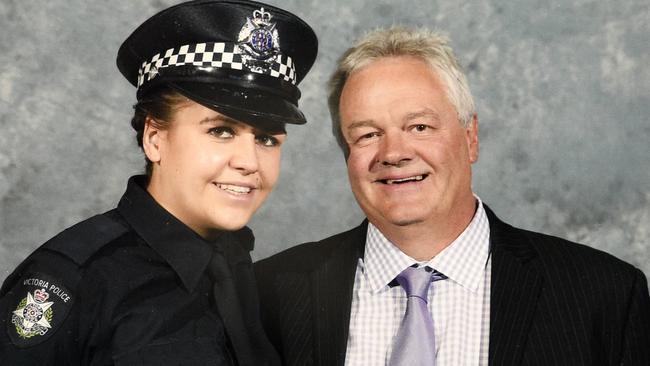
Victoria
Don't miss out on the headlines from Victoria. Followed categories will be added to My News.
When a person dies suddenly and unexpectedly as a result of road trauma the pain ripples through a community, marking the beginning of a long road of grief for many.
And while healing comes with time, the pain can be brought back to the surface in both ordinary moments and key milestones as time ticks by.
In the year and half since David ‘Thomo’ Thomson’s death, his family has experienced many of these moments.
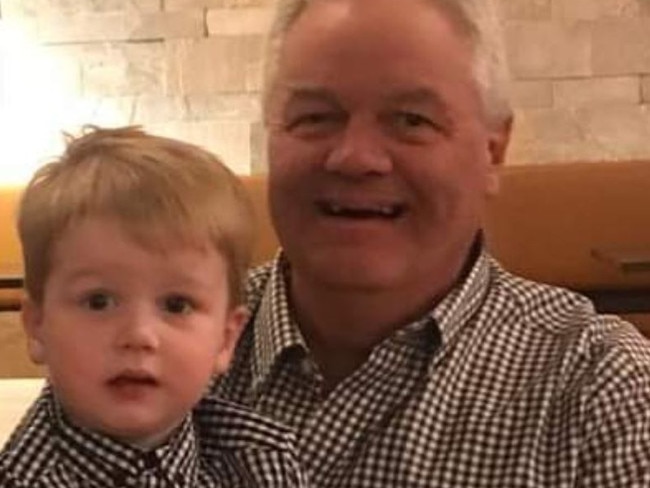
The 60-year-old had been cycling to work at Ballarat’s Eureka Concrete about 5.30am on Thursday, October 21, 2021.
A lifelong cricketer who had been involved in several Ballarat clubs and was also on the Ballarat Cricket Association committee, Mr Thomson had taken up cycling as a way to get fitter and return to competitive cricket.
He had discovered a love for it and that morning was the first day he’d been able to pull out his bike to ride to work, after a prolonged and chilly Ballarat winter.
But as he cycled up Brazenor St and approached the corner with LaTrobe St, a car cut the corner and struck him.
The impact caused Mr Thomson to be thrown from his bike and he landed about 20m up the road.
But instead of stopping to help, the driver left the treasured husband, father and grandfather lying critically injured on the road and sped away from the scene.
Mr Thomson was found by another driver minutes later but tragically he could not be saved.
Unknowingly his daughter, detective senior constable Sophie Thomson, drove past the scene on her usual route into work at Ballarat Police Station.
Attached to Ballarat’s criminal investigation unit at the time and noticing her detective colleagues at the crime scene, she stopped to see if they needed any help with what she believed must have been a serious incident due to the heavy police presence.
She clearly remembers getting out of her car, only to be pushed back from the scene.
Feeling confused, it was then that one of her colleagues explained that there had been an accident.
“I remember him saying ‘there’s been an accident and it doesn’t look good. We think it’s your dad,’” she told the Herald Sun.
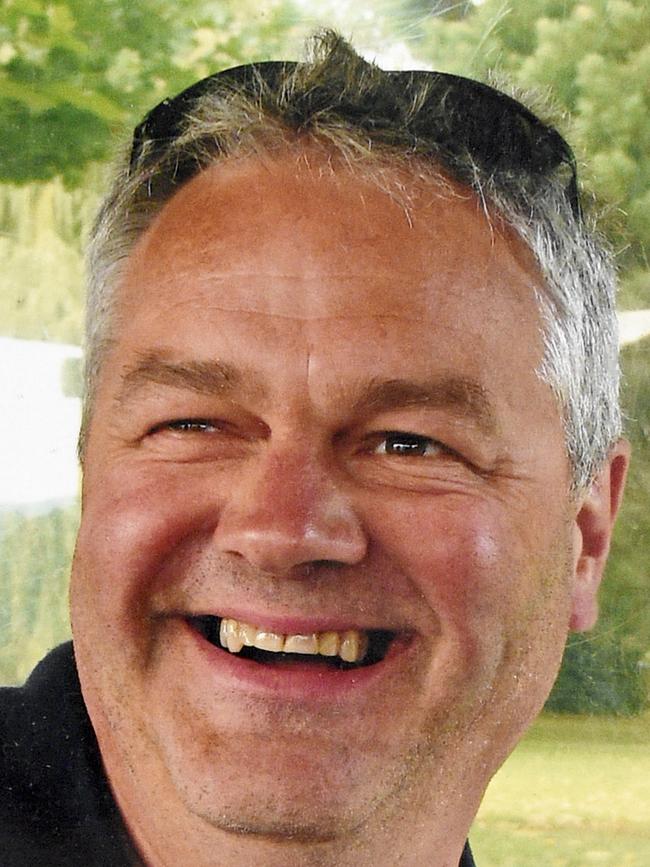
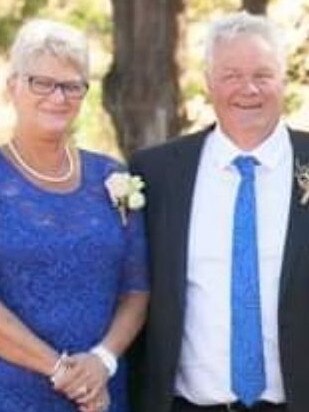
She recalls clinging to those words, “it doesn’t look good”, and thinking it was okay because it must mean her dad was still alive.
This was despite gazing at the body covered by a white sheet lying on the bitumen in front of her, next to a mangled bike.
“My mind wouldn’t let me register it,” she said, adding she felt her whole world fall apart at that moment. “It was horrific. All I could think about was how I was going to tell everyone.”
By that point her brother had worriedly gone to his dad’s house to check on him after hearing he hadn’t turned up at work that morning. While wife Ann fretted, Dylan started phoning local hospitals.
Moments later Sophie knocked at the front door, accompanied by another detective.
“I didn’t hear what he actually said. All I remember is Sophie and Ann hugging and crying, and him reiterating what had happened,” Dylan said.
The incident was captured on CCTV footage and led police to launch an extensive manhunt for the driver and the car.
Still reeling from the loss of their loving dad, Sophie and Dylan fronted the media in an emotional plea for the “coward” driver to hand himself or herself in, prompting an outpouring of information from the community.
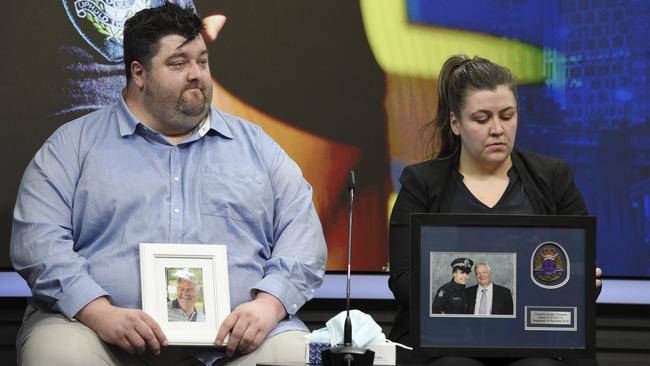
Both described feeling “numb” and not knowing what to do with themselves as time ticked by without answers.
“I can’t really remember what happened in those days,” Dylan said.
“It was like being on autopilot.
“Obviously we wanted this person found but we knew it wouldn’t change the outcome.
“It wouldn’t bring dad back.”
While Sophie has dealt with countless victims, it was a completely different scenario for her to be one and on the other side of a police investigation.
“I found it especially hard … I’ve never been a victim. I’m a police officer and am normally on the other side of it so it was really tough,” Sophie said.
“I knew they were telling me everything they could. I knew it was a hit-run and they didn’t know who the driver was but I still kept questioning whether it was something I’d done at work or somebody I’d arrested.”
She started receiving messages on her private social media accounts from people claiming to know who had killed her dad and providing names to her directly, though many of these profiles were promptly deleted.
Bradley John Spark, then 39, was arrested a week later.
A court later heard he had planned to modify the car, remove the registration plates and replace the windscreen and spoiler before hiding it at a property in Ross Creek.
His week on the run, and his denial at the beginning of the court process, added to the family’s trauma.
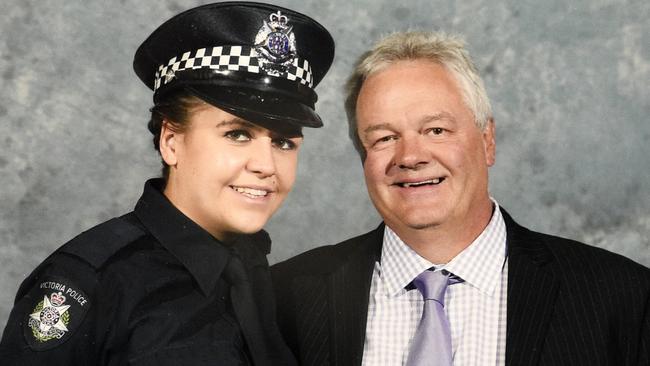
Spark ultimately pleaded guilty to three charges, including failing to stop after a fatal accident, failing to render assistance and dangerous driving causing death and on that day Dylan and Sophie bravely read their victim impact statement out to the court.
Last year Spark was sentenced to seven and a half years in prison but both of his children said no sentence would have been enough in exchange for their dad’s life.
“I would 100 per cent be able to forgive him if it was an accident and he had stopped,” Sophie said.
“But the lengths he went to conceal it, to try to change the car and hide it is unforgivable.”
“Whether it was one year or 50 years it won’t bring dad back,” Dylan said. “We just hope that [by reading our story], someone will learn from this or think differently about the way they drive.”
The incident rocked the Ballarat community and people who had known or met Mr Thomson shared their condolences with the family, but also their memories of the much-loved man.
“He really made the mundane fun and interesting,” Dylan said.
“I’d also known he was well-respected in the community and through the cricket club, through his work and everything else he’s ever done, but I didn’t realise the magnitude until after he passed.
“That’s when I realised how big of an impact he’s had on everybody and how well respected he was in the community.
“He just got along with everybody and built some strong connections.”
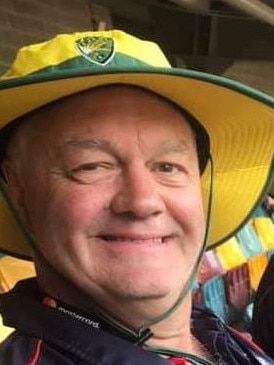

The “amazing” community support by way of phone calls, messages, food and flowers helped carry his heartbroken family through the stages of grief and continues as they try to heal.
“This has affected so many people and will for so many years,” Sophie said.
She said losing her dad, who she was so close to, continued to affect her “every single day” and she still experienced anxiety and panic attacks.
“Dad was everything to both of us,” Sophie said.
His loss means his wife is now living as a widow, that they have no father and his grandchildren no grandad.
Sophie recently married her long-term partner and despite her dad being so excited for the big day, he was not there to walk her down the aisle or make a speech.
“There is a reminder that he’s not here every single day, in some way, shape or form,” Dylan said.
That year, Mr Thomson was one of 12 cyclists killed on the state’s roads.
This year five cyclists have been killed as well as 17 motorcyclists and nine pedestrians.
Among these were 22-year-old elite cyclist Angus Collins, who was struck and killed by a cement truck on Footscray Rd on February 2.
On March 8 a 19-year-old student was killed by a truck in Mount Waverley and hours later a pedestrian was hit and killed outside Clayton’s Monash University.
Chief executive at the Amy Gillett Foundation, Dan Kniepp, is passionate about creating safer road networks for vulnerable road users, especially cyclists.
“My goal is to stop cyclists being killed and hospitalised.
“It happens all the time. A cyclist is killed across the country every nine days.”
He acknowledged that human error always came into play behind the wheel so we needed road infrastructure to account for that.
“What we need to do is design a road so that when I make a mistake as a driver, I don’t hit a pedestrian or cyclist. And at the moment our roads are designed really badly.”
He said a driver hitting a cyclist or pedestrian while travelling at 60km/h meant it was 90 per cent likely the cyclist would die but this dropped dramatically to 30 per cent chance of death if they were hit at 40km/h.
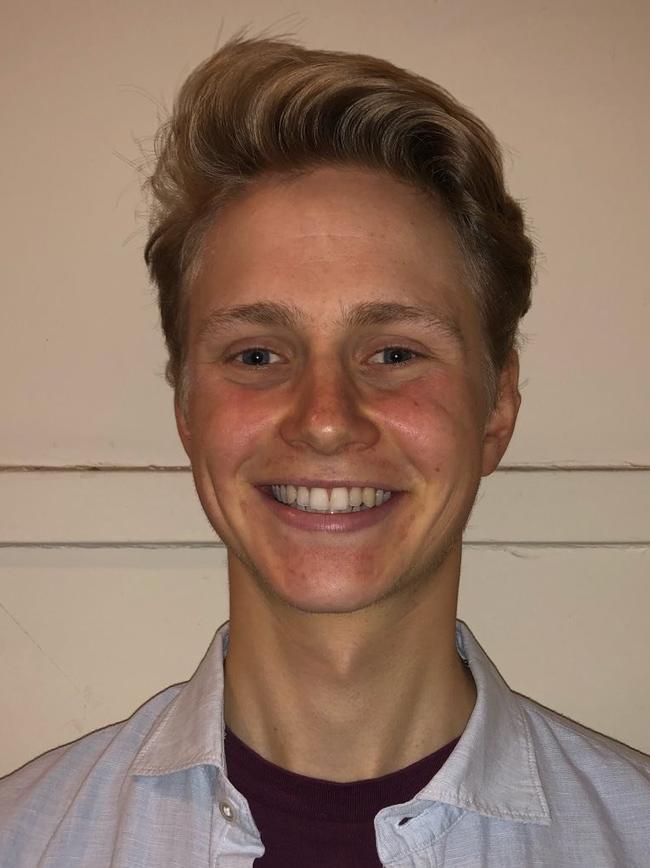
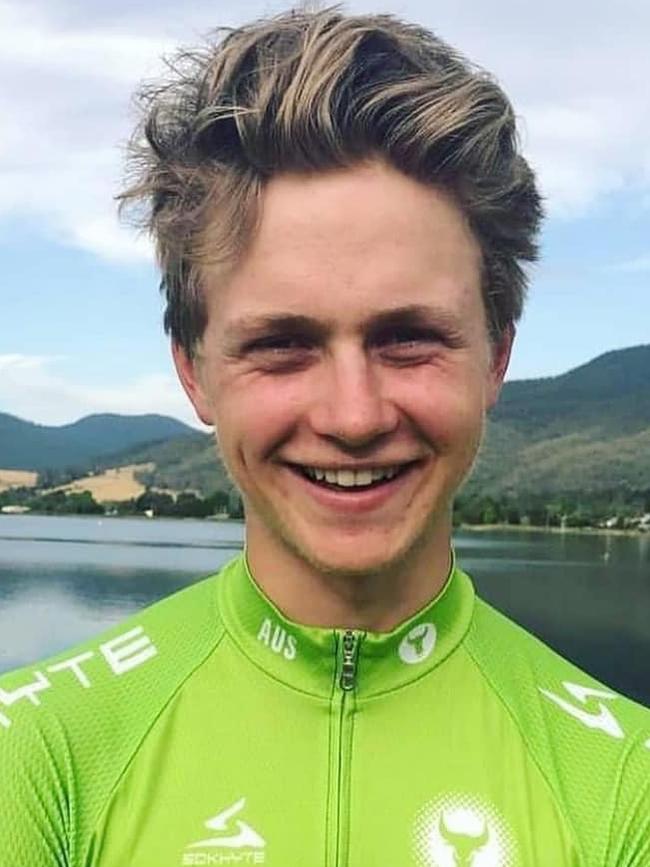
“So if I am a truck driver travelling at 80km/h and all of a sudden the bike lane disappears and I’ve got a very vulnerable cyclist forced into my lane going 20km/h in front of me, that is a terrible outcome for both.”
He said Victoria needed to look to cities such as London and Paris, where there was clearly designated space for different road users.
“When a cyclist is killed people look at what the driver and cyclist has done but they don’t look at the road design. This is a huge problem and it’s going to keep happening.”
He said the responsibility was not just on the state and federal government but also councils to responsibly design roads.
“77 per cent of roads are built by councils but there is almost no training or accountability on the type of roads they’re building.”
He said not every single road in the state needed to have bike lanes, but research showed about six per cent of the road network should to create a cycle safe network.
“If you wouldn’t let a five-year-old cycle on it, you can’t call it a bike lane.
“We’re really trying to look at it but it’s such a big job and there’s not enough leadership. It’s disappointing how little leadership is being shown.”
He said the flow-on effects of more people choosing to cycle rather than drive would not only ease congestion but also boost mental and physical health as well as have environmental and economic benefits.
But for this to happen, and be inclusive of women and children – not just ‘Lycra’ cyclists – attitudes needed to change.
“We need to change how we think about the roads. We have a culture of thinking ‘it’s my car, it’s my road’.
“But there is a place for pedestrians as well, there’s a place for cyclists and motorcyclists. As we change the narrative so we can include everyone without taking away from the driver.
“There is an enormous amount we can do to change the culture and attitudes.”
In the fourth and last instalment of this series, experts will express their ideas for solutions and how to change attitudes.




